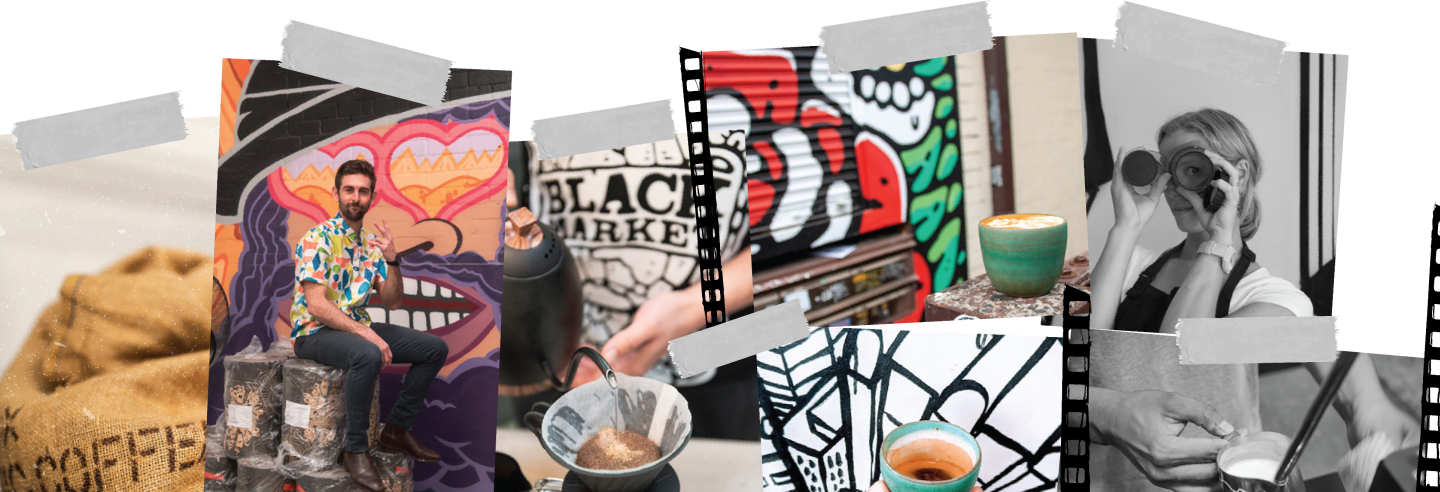
INSTANT CAFFEINATION
I began research into the second wave of coffee, ready to titillate you with coffee chains and orange mocha frappuccinos, when I discovered a gaping hole of an oversight in my previous overview. It’s so big I think it deserves its own movement – the one point fifth wave of coffee.
INSTANT.
Whatever your feelings about the stuff (I can hear you cry ‘que horror! Do not even speak of It Which Must Not Be Named!’ and see you making the sign of the cross), it is undeniable that a lot of people drink the stuff. So we should talk about the stuff.
My first introduction into the world of coffee was through a concoction called ‘super coffee’, a recipe devised by my cousin to help give us razor sharp focus, clarity and endurance while studying for high school exams. It was a simple recipe – one third cup boiling water, one third instant coffee, one third sugar. It was delicious. I don’t remember much after that.
A short history: It was invented in the late late 1800’s by Alphonse ‘The Fonze’ Allais of France, and invented again by our Kiwi friend David Strang. He patented the ‘dry-hot-air’ process which was choice as. It gained widespread popularity in World War 2 amongst soldiers and civilians because of a few different reasons: it has an extremely long shelf life – jars of instant have been found in ancient aztec ruins still unspoiled.* It requires minimal equipment, just a kettle and a mug, spoons optional. And in its dried form takes up less space than beans or ground coffee to make an equivalent portion of brew.
When we left the first wave of coffee, it was still mostly drunk in coffee houses, and not nearly as convenient or cheap to make as tea at home. But the benefits of instant that manifested in World War 2, meant that instead of coffee dropping out of the western civilisation completely during those unprecedented and uncertain times, it brought it into the home. All of coffee’s warmth and comfort neatly sealed in a jar.
Instant coffee isn’t fancy, no one is pretending it is, but it is this accessibility that has brought coffee to far and wide corners of the earth. It means rural communities in the plains of Mongolia, the mountains of Nepal, the apogee of the International Space Station (read here for a fun article about coffee in space), can keep drinking hot mugs of the stuff when the option for specialty freshly roasted, ground and brewed coffee is allusive or even a little silly. Can you imagine making a pourover in zero gravity? I can. It’s messy.**
We in specialty coffee dream of the day when ethically sourced, sustainably grown, fancy shmancy coffee is no longer fancy because it would be available to all and chosen to be drunk by all, appreciated for its outstanding flavour profiles rather than just being another hot beverage. But we should take a moment to appreciate instant coffee, yes instant, which elevated coffee to lofty and glorious heights, keeping this beverage in our hearts when it was in danger of going the way of the dodo. Or promite. We are instantly grateful.
*Not even remotely true. Unless a tourist dropped a sachet of Nescafe whilst on a hike.
**There actually is an espresso machine in the International Space Station! That is cool. Read more about that here.
Be The first to know about new digs.

